Last week, New Hampshire Gov. Kelly Ayotte signed legislation ensuring every student can transfer to any public school within their district. This happened not long after she signed a universal expansion of Education Freedom Accounts, a popular program that empowers families with around $5,000 per year to directly customize their kid’s education.
Granite State families join others in states like Arizona, Arkansas, Florida, Idaho, Oklahoma, South Carolina, Utah, and West Virginia, who are living through a true bottom-up revival of education.
This is a nationwide shift, and the formula is simple: remove barriers to public school enrollment and empower every family with direct funding, which most states deliver via flexible education savings accounts (ESAs) or refundable tax credit. This policy framework holds unprecedented opportunities—not just for families and students, but for traditional school districts and communities at-large.
A Win-Win-Win Policy Framework
The first layer of a family-first educational ecosystem is a simple policy has shown significant momentum in recent years, and draws support from all sides. Known as public school open enrollment, it empowers students to access public schools beyond their residentially assigned neighborhood school. Last school year, 1.6 million kids across 19 states benefitted from this policy by finding a public school that better meets their needs. This is a critical aspect of education freedom because it broadens the pool of students each school can serve, and expands options for all students, no matter where they live.
Families are empowered even more when funding is available to them to contract for individual classes, specialized programs, or unique educational services. Families who utilize direct funding programs like tax credits and ESAs enjoy the flexibility to customize their kids’ path but traditional school districts are also realizing an opportunity to attract more students and the resources that come with them.
Districts that embrace this model can generate new revenue streams by contracting with ESA families for specific services, whether that’s advanced coursework, specialized programs, or unique facilities like science labs or athletic programs. Students interface with public education to best meet their needs, no matter where they may enroll the rest of their time.
In Florida, Utah, and Arizona, families are using ESAs to purchase individual classes at local schools, creating new revenue streams for public districts while giving families unprecedented customization options. This policy is already transforming how schools operate. A new partnership between Step Up For Students, Florida’s ESA administrator, and Charter Schools USA (CSUSA), a national charter school operator with 62 campuses in the Sunshine State, will expand ESA students’ options even further with the ability to purchase individual classes or services from CSUSA schools.
In a world where students can pick their public school, and new models like microschools are gaining in popularity, schools compete with each other to attract families from their area. To do so, public schools must position themselves as a proactive choice for families in their communities, not take automatic enrollment for granted based on district boundary lines. Additionally, by offering their courses and activities for students in their community from all kinds of models – public, private, homeschool, etc. – districts open up possibilities to innovate and specialize to attract new families from outside their traditional boundary lines.
Districts Adapting to the New Reality
Rather than viewing this as competition to be feared, forward-thinking districts are embracing these opportunities to showcase their strengths and attract families who might otherwise look elsewhere.
In Tennessee, a new universal ESA state, superintendents are actively working to attract families in this new competitive environment, understanding that excellent schools will thrive when families have genuine choices. These leaders recognize that when funding follows students, schools must focus on providing value to the families they serve—but they also understand that districts with strong programs and innovative approaches can actually expand their reach beyond traditional attendance zones.
As one Florida superintendent put it when grappling with the changing landscape: “We are a choice, and we have 13,000 plus students whose families choose us, and we need to remain the best choice for those students and their families.” These leaders get it.
A Future Built on Mutual Benefit
The education freedom revolution happening across America represents a return to a fundamental principle: parents know their children best and should have the power to make educational decisions on their behalf. But the combination of direct funding and open enrollment doesn’t just empower families—it transforms the entire educational ecosystem by creating new opportunities for providers, including traditional public school districts, to innovate, specialize, and serve students in ways that weren’t possible under the old assignment-based system.
Education is no longer a passive process for families, and it cannot be for schools either.
The future belongs to schools that understand their success depends on serving families, not bureaucratic assignment systems. Traditional public schools, charter schools, private schools, and new education models all compete on the same playing field, proving their worth to families.

